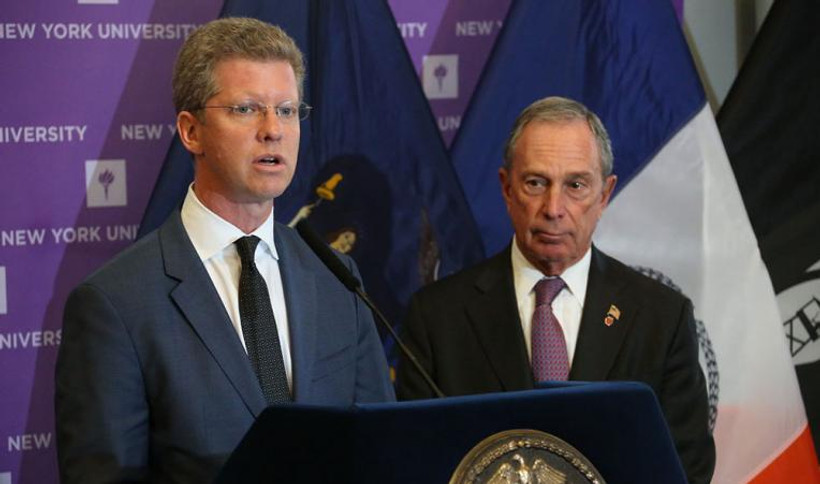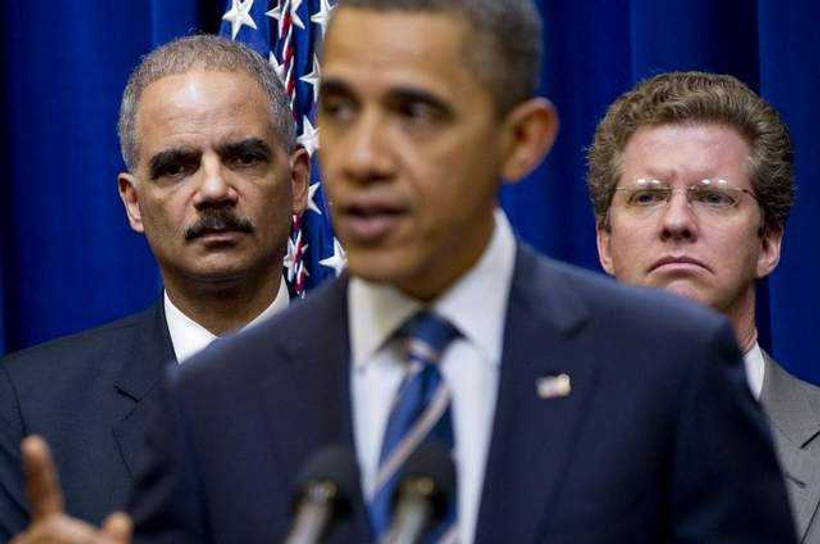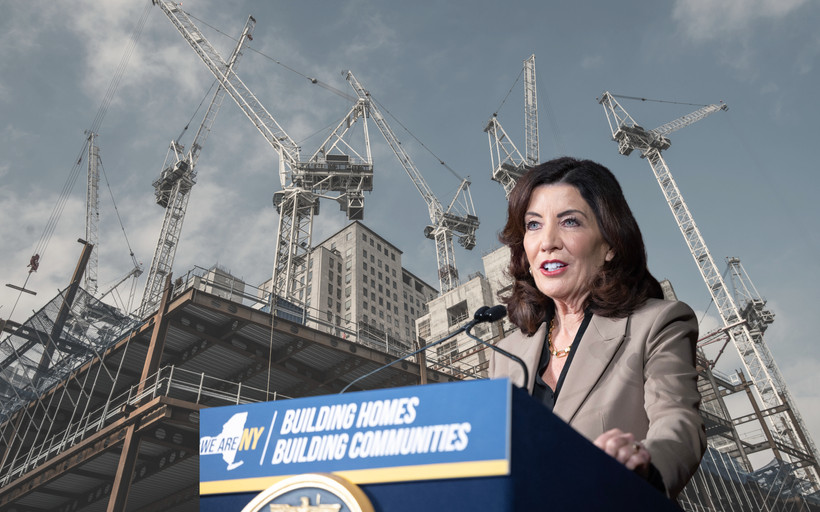What Shaun Donovan’s Record Reveals about His Approach to Housing Crises
Donovan has a progressive housing platform. But does it match his record?

This article is published in our Perspectives section, featuring analyses and views by New Yorkers uniquely qualified to weigh in on high-stakes political debates. Views expressed may not reflect those of New York Focus.



Duncan Bryer was director of policy for state Senator Julia Salazar and now is a graduate student of economics at John Jay College.
Backing primary opponents to progressive Democrats, the new Solidarity PAC resembles a state-level analog to the American Israel Public Affairs Committee.
A “ghost entity” linked to Tom Suozzi spent $2 million attacking Kathy Hochul. Then the Board of Elections started an investigation, and it disappeared.
The assemblymember wants to unseat Nico Minerva, right hand to party boss Keith Wright. The Manhattan Democrats vote on Thursday.
Previously unreleased disciplinary files expose officers who beat, slap, and pepper spray the residents they’re supposed to protect. Most are back at work within a month.
Referencing a New York Focus story, Assemblymember Jessica González-Rojas introduced legislation to prevent public agencies from naming the medically discredited condition in their reports.
In the New York City teachers union, anger over a plan to privatize retiree health care could send a longshot campaign over the edge.
It’s the first step New York has taken to address its housing shortage in years — but tenant groups are fuming and real estate wants more.
As real estate developers resist wage guarantees and try to roll back tenants’ rights, a potential budget deal is at an impasse.
What are industrial development agencies?


